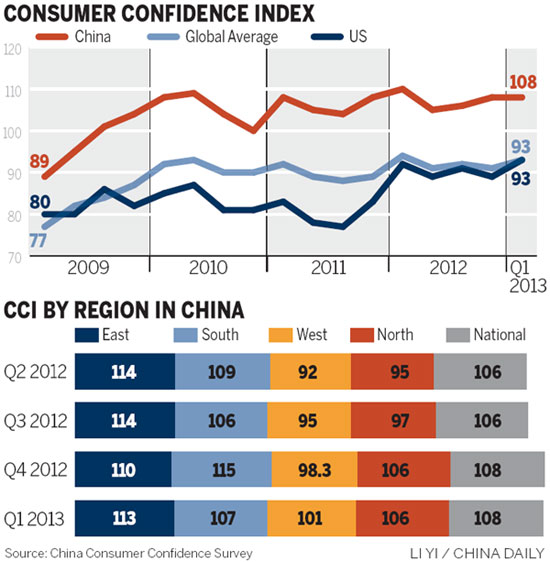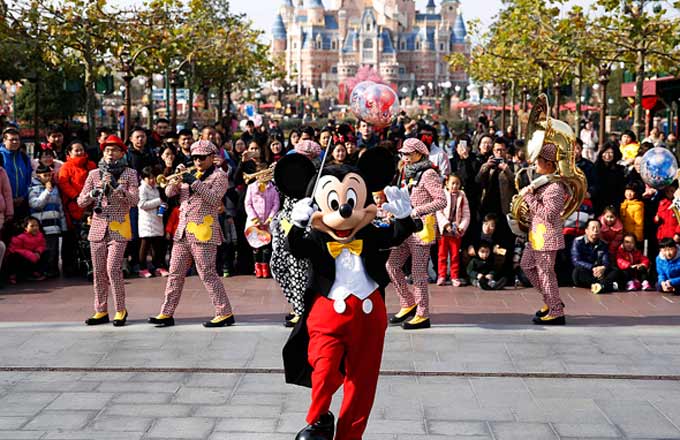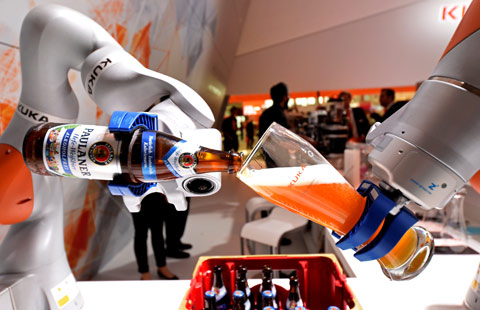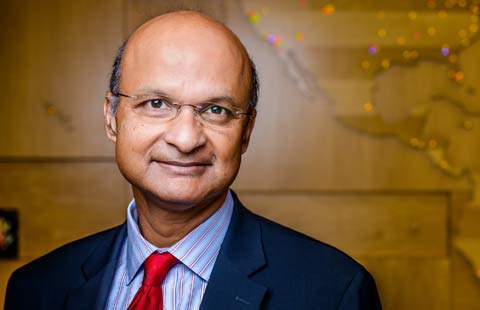Consumers more willing to spend in Q1
Chinese consumer spending intentions rebounded to their highest level since the third quarter of 2010 in the first three months of the year, according to a Nielsen report published on Wednesday.
"Instead of calling it a significant increase, we look at it as a 'back-to-normal' trend," said Yan Xuan, president of Nielsen in China, "as consumer optimism in both personal finances and purchase intentions suffered a huge decline in the fourth quarter of 2012, largely due to big fluctuations in the Chinese stock market."
The latest Nielsen Global Survey of Consumer Confidence and Spending Intentions showed the Chinese consumer confidence index stood at 108 in the first quarter of 2013, unchanged from the previous quarter and 15 percentage points higher than the global average.

The study measures consumer confidence, major concerns and spending intentions among more than 29,000 respondents with Internet access in 58 countries and regions.
Confidence levels above and below a baseline of 100 indicate degrees of optimism or pessimism. The China Consumer Confidence Index is compiled among 3,500 respondents in the country.
"Compared with the previous quarter, Chinese consumer attitudes toward their job prospects, personal finances and spending intentions remained stable and steady, indicating optimism about the overall Chinese economy," added Yan.
The Nielsen research showed that during the first quarter, consumers in eastern China reported the highest confidence index at 113 points, followed by the southern region at 107, the north at 106 (unchanged from the previous quarter) and the western region at 101.
While national confidence remained stable, Nielson said quarterly confidence in first-tier cities rose six percentage points to 109, and in third-tier cities it increased five percentage points to 107.
Confidence in China's rural areas, often considered the country's most economically optimistic, fell two percentage points from 114 to 112 in the first quarter.
Though China's April economic data are being viewed as weaker than expected, Yan said the country's consumer confidence is still expected to remain high in the second quarter because of the improved global economy and the ongoing economic reshuffle that has put more emphasis on domestic consumption.
"Domestic consumption's contribution to GDP growth has been improving, and its proportion of GDP is expected to reach 45 percent by 2020," said Yan.
Growth in total retail sales of consumer goods in April increased by 12.8 percent, a three-month high, compared with 12.6 percent in March, according to the National Bureau of Statistics.
China's industrial output, though it expanded at a faster rate in April to 9.3 percent year-on-year from 8.9 percent in March, is still lower than the 9.4 percent growth expected by most investment banks.
The Nielsen survey also indicated that Chinese consumers are preparing for price hikes in real estate and automobiles in the coming year.
Sixty-two percent of those surveyed said they expected property prices to increase over the coming year, compared with 50 percent in the fourth quarter of 2012.
Thirty-nine percent of consumers said they expect car prices to rise in the coming year compared with 31 percent in the previous quarter.
Some 21 percent of Chinese consumers said they planned to increase spending on food and beverages in the next three months, and nearly 15 percent said they would increase spending for non-food items.
"Chinese consumers are concerned about the quality and safety of food and non-food products, and this is driving purchases of more expensive products," said Yan.















